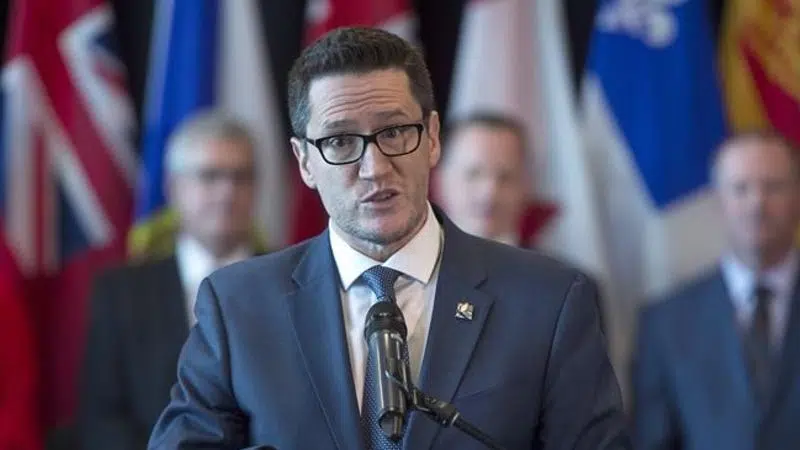
Government ‘didn’t care’ about reducing emissions: Inside Quebec’s green fund
MONTREAL — When Ljiljana Latkovic was named to the council governing Quebec’s multibillion-dollar green fund in 2017, she thought she was going to use her science background to help choose projects aimed at fighting climate change.
Instead, Latkovic said she and the eight other council members were asked to sign off on proposals whose financing had already been approved by various government departments.
Moreover, she said, in the case of many projects they were approving, councillors had no idea how the projects were actually going to reduce emissions of the greenhouse gases, such as carbon dioxide, that trap heat in the atmosphere, causing global temperatures to rise.
“My opinion is that the (environment) ministry didn’t care about the reductions,” Latkovic said in a recent interview.


